Table of Contents[Hide][Show]
In this article, we’ll explain everything you need to know about WestJet’s carry-on policy. This includes WestJet carry-on baggage size and weight limits, fees, personal items, liquids, prohibited items, and other things you should know to avoid any surprises when you board your next WestJet or WestJet Encore flight!
WestJet Carry-On Policy
WestJet allows one carry-on bag and one personal item onboard at no charge.
This policy if for domestic or international flights operated by WestJet or WestJet Encore. It does not apply to WestJet partner airlines.
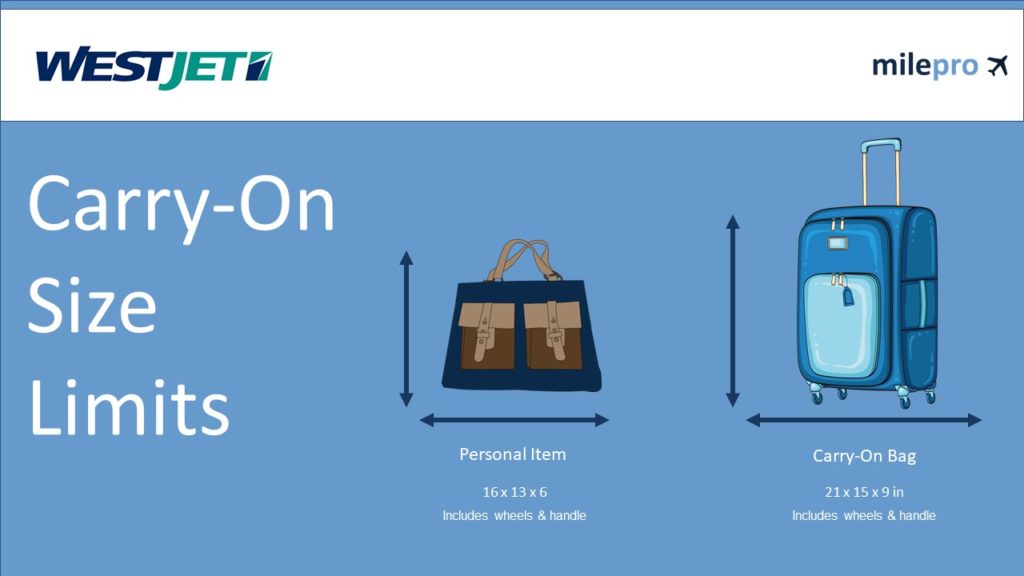
WestJet Carry-On Size Limit
When flying WestJet your carry on baggage cannot be larger than 21 x 15 x 9 inches (53 x 38 x 23cm) and your personal item cannot be exceed 16 x 13 x 6 inches (41 x 33 x15cm).
If you aren’t aware of your carry on bag dimensions, WestJet provides bag sizers located at their ticket counters and gates. You should always check that your bags fit within this bag sizer. If your baggage is larger than the standard carry-on size or if you have more than 2 bags, you will be charged a fee.
WestJet Carry-On Weight Limit
As a rule, WestJet doesn’t impose weight restrictions on a carry-on bag. The only rule they have is that it must be light enough that you can store it in the overhead bin unassisted. Your smaller, personal items should be stowed under the seat in front of you.
My Favorite Carry-On Bag for WestJet
When flying North American based airlines, such as WestJet, I recommend buying the Travelpro Maxlite 5 Expandable Spinner. I have personally used this carry-on for years and have never had a problem stowing it on board. It’s durable, reasonably priced, and holds everything I need for a 3-4 day trip.
WestJet Personal Item Size
Personal items include a purse, briefcase, laptop, camera bag, backpack, shopping bag, small musical instrument or a similar-sized item. Westjet allows one free personal item, in addition to your carry on, as long as it is small enough to be stowed under the seat in front of you.
Your personal item cannot be larger than 16” x 13” x 6” (41cm x 33cm x15cm).
Note: If you are assigned a bulkhead seat, there are no seats in front of you to store your personal items, so everything will have to fit in the overhead bin.
WestJet Encore Carry on Size Restrictions
WestJet Encore is a subsidiary of WestJet that flies regional routes throughout Canada, primarily to and from Calgary. They exclusively fly the “Dash 8” (De Havilland Canada DHC-8) Turbo Prop, which has limited space for carry on baggage.
When flying a Dash 8 with Encore you can bring a personal item on board, but you will often not be allowed to bring a carry-on bag due to limited overhead space. Your personal item must fit under the seat in front of you.
All carry-on baggage that fits within WestJet’s size restrictions will be gate checked, free of charge, during the boarding process and returned upon deplaning.
Pro Tip: Despite this “official rule” there are some bags you can fit on a regional jet. Check out this article on the best carry-on baggage for regional jets.
WestJet Baggage Fees (Checked Baggage)
If you have to check a bag on WestJet, there are some size and weight rules to be aware of. The size of checked baggage must be within 157 total cm (62 total in.) and not weigh more than 23 kg (50 lb.).
Oversized luggage exceeds 157 cm (62 in.) in total combined dimension (length + width + height), but less than 203 cm (80 in.). Overweight luggage exceeds 23 kg (51 lb.), but no more than 45 kg (100 lb.).
You are allowed to check 2 to 4 bags on a WestJet flight, except with WestJet Encore, where you are allowed 2 to 3 bags.
You can prepay for up to two pieces of checked baggage on WestJet-operated flights when you book online or at any time up to 24 hours before your flight through Manage Trips. Checked baggage fees may also be paid when you check in online or at the airport 24 hours to 60 minutes before you fly.
WestJet Baggage Fees are based on your flying route and the fare class you purchased. For the most up-to-date pricing go to the WestJet Baggage Fees page.
WestJet Carry-On Liquids
Liquids, gels, and aerosols in your carry-on baggage must be 3.4 ounces (100 ml) or less and fit in a 1 quart-sized (1 liter) plastic bag. One plastic bag is allowed per passenger. Anything larger must be packed in your checked luggage.
Duty-free liquids, aerosols, and gels containing more than 100 ml are permitted as long as they are carried in a duty-free issued Secure Tamper-Evident Bag (STEB). Purchases must be accompanied by a receipt and the security bag must not be tampered with or opened prior to going through security at a transfer airport.
CATSA Liquids Rule
The Canadian Air Transport Security Authority (CATSA) is the government agency responsible for screening passengers and baggage at Canadian airports. They are equivalent to the TSA in the United States.
Any liquid that does not meet the CATSA Liquids rule will either have to be checked with your luggage or will be thrown away at the security checkpoint.
Here is a list of common items that are classified as Liquids, Aerosols and Gels:
| Liquids | Aerosols | Gels |
| · coffee | · hairspray | · lip gloss |
| · soft drinks | · body spray | · hair styling gel |
| · juice | · static remover | · jam |
| · bottled water | · sunscreen spray | · jelly |
| · maple syrup | · shaving cream | · pudding |
| · alcohol | · aerosol deodorant | · yogurt |
| · shampoo | · aerosol cheese strings | · gelatin |
| · conditioner | · mashed potatoes | |
| · mouthwash | · peanut butter | |
| · toothpaste | · chocolate spread | |
| · perfume | · cheese spread | |
| · cologne | · maple spread | |
| · liquid soap | · shaving gel | |
| · insect repellent | · gel-based deodorant | |
| · liquid/gel based hand sanitizers | · gel-based cosmetics (e.g. gel blush, gel lip products) | |
| · creams/lotions | ||
| · hairspray | ||
| · liquid based cosmetics (e.g. mascara, liquid foundation, liquid eyeliner) |
Exceptions to this rule are certain medications and baby food/child nourishment.
Rules for Bringing Food on a WestJet Flight
Here’s a link to the CATSA website advising what food can be brought with you on your WestJet flight. This applies to food you are bringing from home through security. Once you get through security, you can bring just about any food on the plane that you buy at the airport.
Flying with Pets
If you are going to bring a pet on board with you, it must be able to fit in a small, ventilated pet carrier that fits under the seat in front of you. Pets in cabin kennels will count as your one carry-on item. In addition to the kennel, you can bring one personal item onboard the aircraft.
Fees for bringing your pet with you on WestJet
Here is a chart showing the pet fees WestJet charges each way. Double them for a round-trip flight.
| To/From Destination | Pet Fee Each Way |
| Within Canada | $50-59 |
| International | $100-118 |
If you are bringing your pet with you, make sure you follow CATSA’s pet policy and have an approved Pet Carrier that conforms to WestJet’s pet policy.
Features mesh panels so your pet can breathe easily, a non-slip shoulder strap, locking zippers, and a rear storage pocket for treats and other goodies.
Approved for use on most major airlines and the small and medium sizes are included in Sherpa's exclusive Guaranteed on Board program.
Prohibited Items
Certain items are considered dangerous and classified as hazardous materials. Dangerous goods are prohibited from both your carry-on and checked bag on all flights. These rules are not specific to any airline and are mandated by the Canadian Air Transport Security Authority (“CATSA”).
Items considered “dangerous goods” are prohibited under WestJet’s carry-on policy and include the following:
- Firearms and ammunition
- Mace and pepper spray
- Poisonous, infectious, or radioactive substances
- Sharp objects (knives, cutting instruments, razors, ice picks, carpet knives, metal scissors, box cutters, or similar items)
- Any beverage with more than 70 percent alcohol
- Camping equipment containing flammable liquids or gasses
- Flammable liquids, including gasoline and kerosene
- Hoverboards, including electric skateboards, balance boards, gravity boards, and self-balancing devices
- Medical or liquid oxygen
- Marijuana
- Torch lighters, lighter fluid, strike-anywhere matches, and fire starters
- Wet-cell batteries
- Motor oil, hydraulic fluids, brake fluid, and transmission fluid
The following items are not considered “dangerous goods” and are allowed when packaged properly, by FAA regulations
- Knitting/scissors
- Hiking or trekking poles
- Hair dryer/Straightener
- Hair spray
- Sunscreen/bug spray
- Batteries
- Food as a carry-on
- Fishing hooks
- Fragile glass items
A complete list can be found on the CATSA website, the FAA website, and the TSA website.
Here is a link to WestJet’s Carry-On page to make sure you have the most up-to-date information.
More related articles….


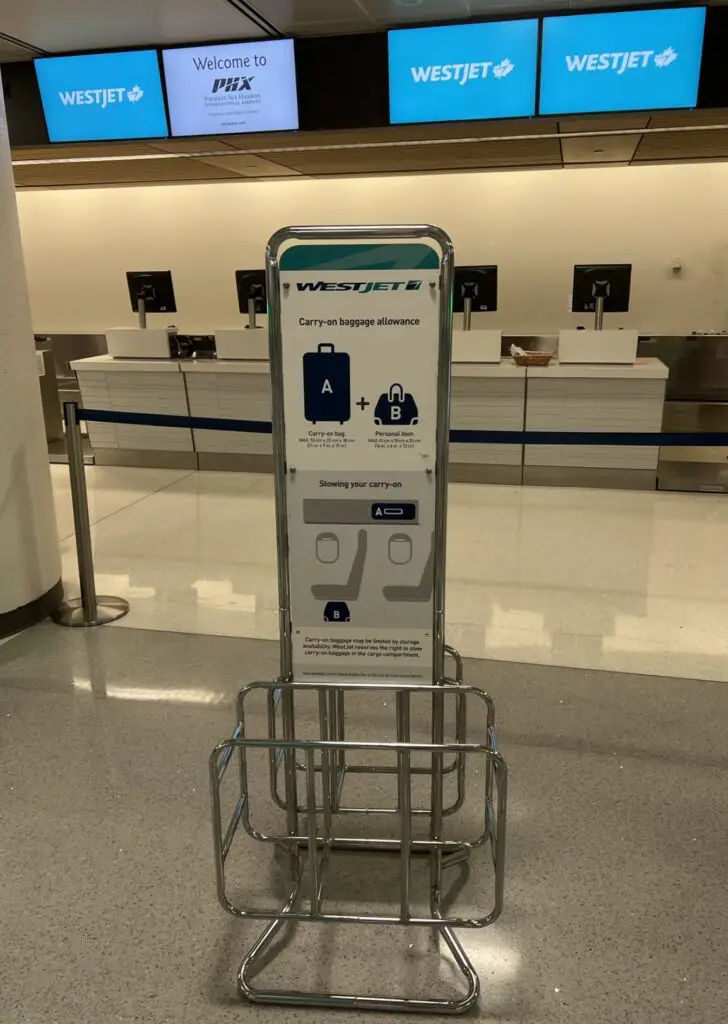
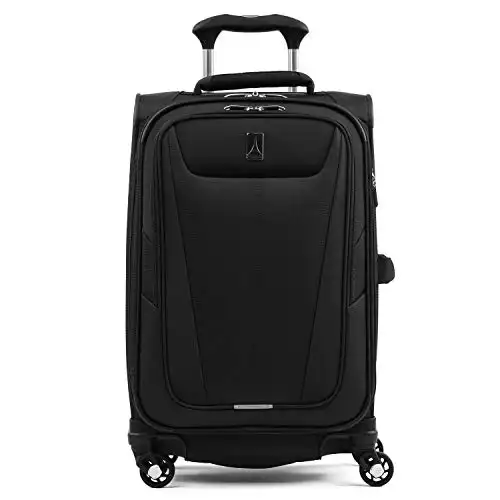
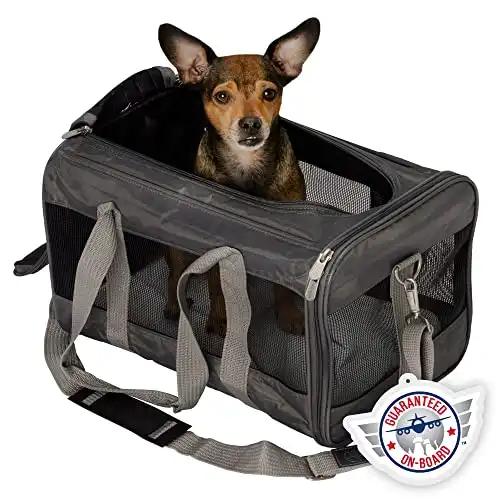
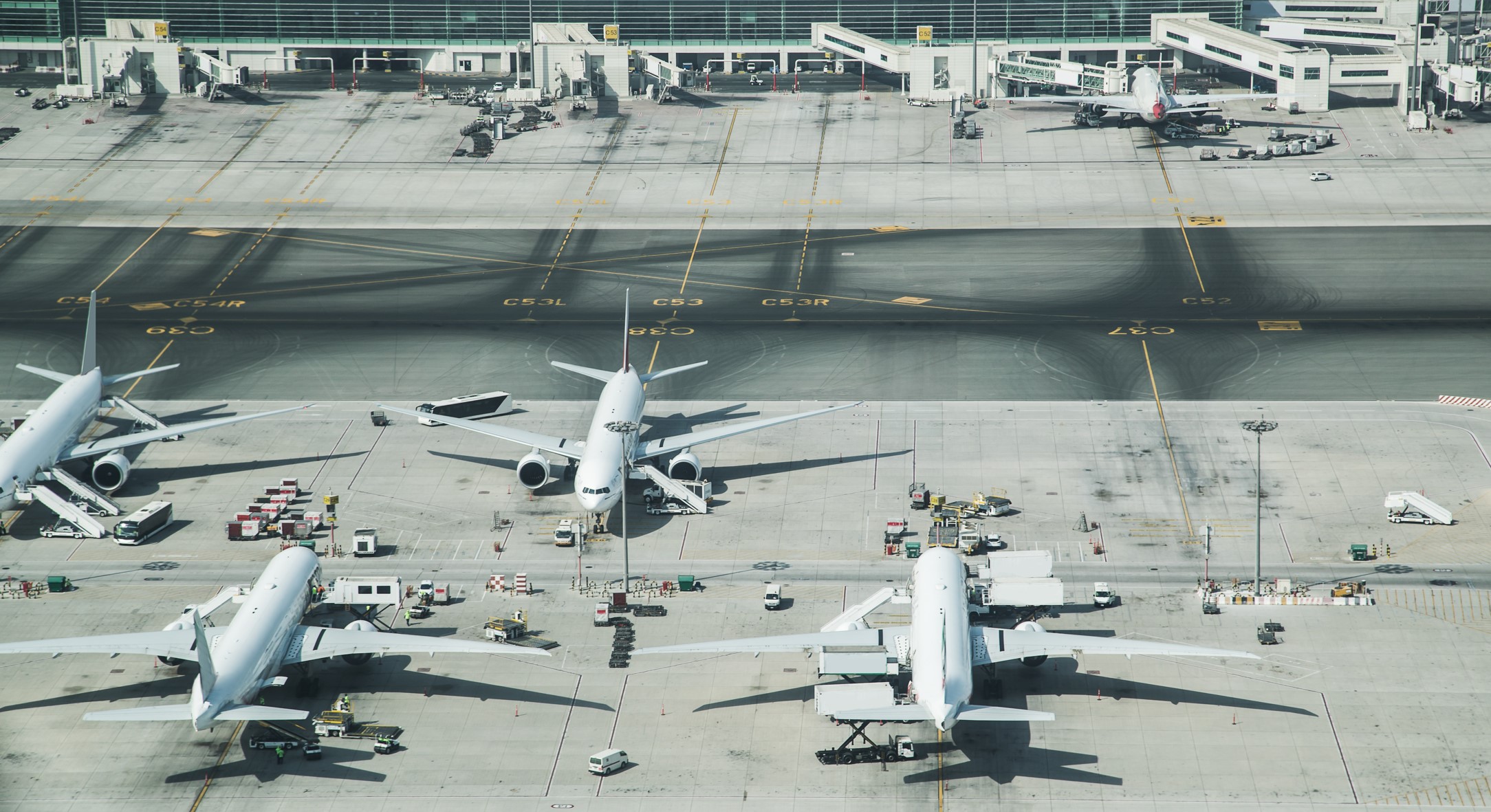 Airline Hubs in the United States – Comprehensive List
Airline Hubs in the United States – Comprehensive List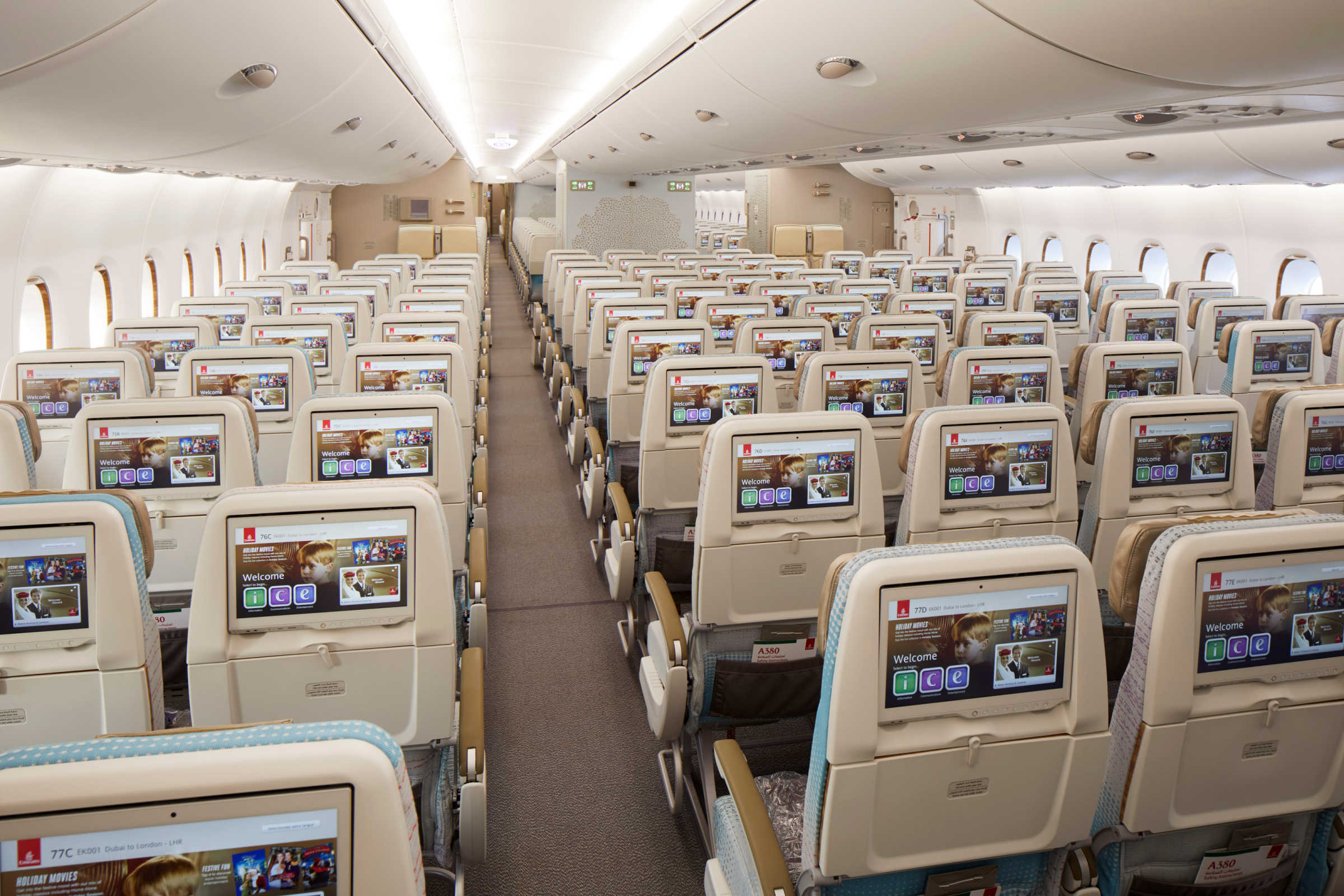
The carry-on you suggested has overall dimensions of (according to Amazon) 23″ x 14″ x 9″ including wheels and handles. Wouldn’t the 23″ height mean that it doesn’t fit? Have you actually tested this carry-on in the bag sizer? According to Westjet’s website the carry-on can’t be longer than 21″ including wheels and handles, my current carry-on measures 22″ x 14″ x 9.5″ including wheels and handles, so I’m looking for a carry-on that will work.
Hi there,
Will a Cary-on Cabin Case be permitted with the following maximum size :- 54 x 34.5 x 20 (cm’s)
WestJet, Newcasle (UK)to Calgary (CAN) and return
Hi Raymond – While I can’t guarantee it, I would think you will be fine with this bag, especially since your bag is smaller in the other two dimensions.